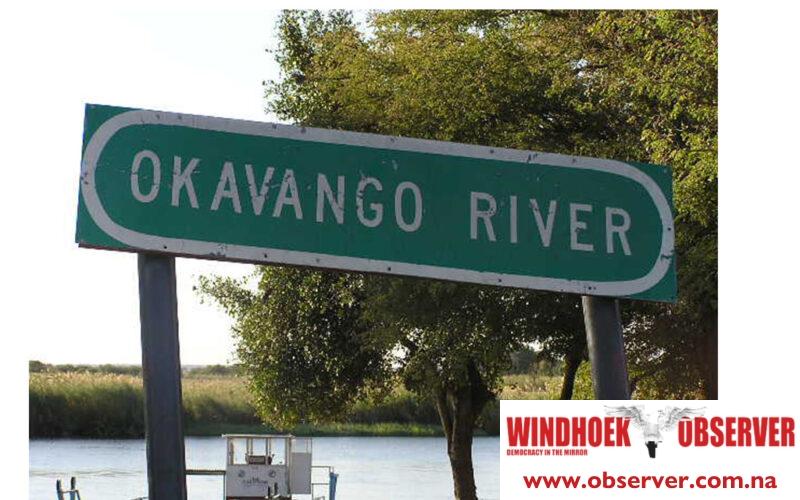The Kavango Link project, approved by Cabinet in early 2024, has reached an advanced planning stage, with engineering design work underway and environmental assessments soon to begin. The initiative aims to secure a steady water supply for central Namibia by channeling water from the Okavango River to Windhoek and other high-demand areas. NamWater anticipates that, barring setbacks, water could flow to the Central Area of Namibia by 2027. NamWater spokesperson Lot Ndamanomhata, outlined progress on the ambitious N$7 billion Kavango Link Project
Observer Money (OM): What is the current status of the proposed Okavango Link to supply the Central Area of Namibia?
Lot Ndamanomhata (LN): The Okavango Link project, as approved by Cabinet in February 2024, is at an advanced design phase. The procurement processes for the consulting engineering firm were completed in June 2024. The consulting engineering firm is currently busy with the designs and tender documentations until September 2025.The Environmental and Social Impact Assessment (ESIA) Consultant procurement is currently underway, with a target to appoint by January 2025 and finalisation of the ESIA by August 2025. This phase includes consultations with Interested and Affected Parties (IAPs) and considers the environmental flow of the Okavango River and other impacts and will conclude with the granting of an Environmental Clearance Certificate in the absence of fatal flaws. The government anticipates that water will start flowing to the CAN by 2027, subject to the successful finalisation of financing arrangements and the procurement and tendering processes.
OM: What is the estimated cost of the project?
(LN): The total estimated capital cost of the Okavango Link pipeline scheme will only be known once the design works are completed.
OM: What is the importance of this project?
LN: The Okavango Link is crucial for ensuring water security for the CAN, a region facing chronic water shortages due to frequent droughts, unpredictable rainfall, and limitations on existing water resources. The region has had annual water supply deficits since 2013. Ensuring a reliable water supply is critical for sustaining economic activities and supporting the social development of the region. Without such infrastructure, the growth potential of the CAN and Namibia could be significantly constrained.
OM: How much water is proposed to be pumped from the Kavango under this project?
LN: The project plans to pump approximately 35 million cubic meters from the Okavango River, limited to the wet season. This volume is below 1.5% of the river’s minimum flow at the Rundu point and less than 0.4% of the combined Quito/Okavango River flow to the Okavango Delta, following a hydrological model of seasonal high-flow abstraction to maintain environmental sustainability.
OM: Why does the Central Area of Namibia need more water and what is the current consumption in the central area?
LT: The CAN’s need for additional water arises from a combination of drought conditions, population growth, and limitations on existing water sources. The population in Windhoek alone is nearly 486 000 people. The area relies on a mix of surface dam reservoirs, groundwater, water reuse, and managed demand, but these sources are now insufficient to meet the region’s rising needs. Recent droughts, including the 2023/24 season, have further strained these resources, leading to a national state of emergency due to water scarcity.
OM: Anything else to add?
The Okavango Link has been designed to work in synergy with existing infrastructure, particularly the Eastern National Water Carrier (ENWC) canal, which will receive water from the new pipeline and distribute it to Windhoek and other demand centres.




